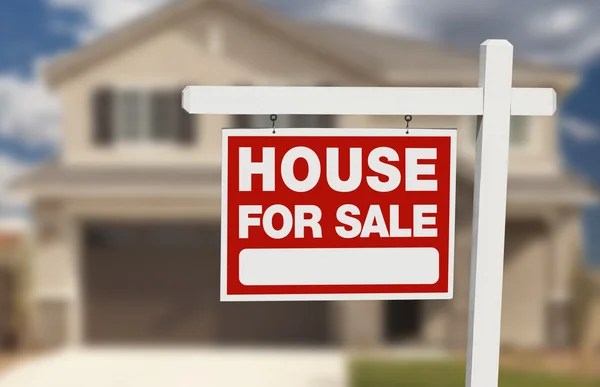How to Evaluate Your Property’s Worth: A Comprehensive Guide for 2-4 Unit Property Owners

Welcome to this guide on a topic that every multi-unit property owner needs to understand: how to accurately evaluate your property’s worth. We will explore crucial aspects like the appraisal approach, the significance of location and functional obsolescence, condition comparison, and how the type of buyer you’re targeting affects your property’s value.
The Appraisal Approach: Comparison is King
When determining the value of your 2-4 unit property, the comparison approach is given the most weight. This is the same method often used for single-family properties as well. Essentially, this involves comparing your property to similar, recently-sold properties in the same area. In contrast, the income approach, which is based on the earning potential of the property, is generally used for properties with five units or more.
Factors for Comparison
- Number of units
- Square footage
- Number of Bedrooms and Bathrooms
- Age of the property
- Condition of the property
- Location
Location and Functional Obsolescence: The Hidden Game-Changers
Location is more than just an address; it plays a pivotal role in determining your property’s worth. Proximity to schools, shopping centers, and other conveniences can drive up the price.
Functional obsolescence also affects value and involves factors like limited parking, being located on a busy street, or even being situated on a sloping lot. These features can make it difficult for occupants, thereby lowering your property’s value.
Condition Matters: Is Your Property on Par?
Before equating your property’s worth with a similar one on the market, consider the condition. Does it have any problems that can be solved, like the need for renovations or evictions? If the comparison property has brand-new kitchen cabinets, granite countertops, and new appliances, your property should match that condition or you’ll need to adjust the price accordingly.
Common Upgrades and Their Costs
- Brand new kitchen cabinets: $5,000 – $15,000
- Granite countertops: $2,000 – $5,000
- New appliances: $3,000 – $8,000
Owner-Occupant Vs. Investor: Two Sides of the Same Coin
Investors are numbers-driven and less likely to pay a premium for aesthetic or functional features that don’t translate into immediate ROI. On the other hand, owner-occupants may find value in paying a higher upfront cost. Buying a small multifamily to live in and rent out can lead to a more affordable living situation compared to the skyrocketing costs of single-family homes. Owner-occupants also gain the advantages of mortgage paydown, tax benefits, and a firsthand experience of being a real estate investor.
In Summary
Evaluating your 2-4 unit property’s worth involves a myriad of factors. Understanding the comparison approach, location dynamics, functional limitations, and targeting the right buyer can significantly impact your property’s value. This evaluation is not just a financial exercise but also a strategic approach that can set you on the path to realizing your investment’s full potential. Whether you’re an investor eyeing your next acquisition or an owner-occupant aiming for maximum ROI, being equipped with this knowledge can be your greatest asset.
Good luck, and may you get the best value for your property!